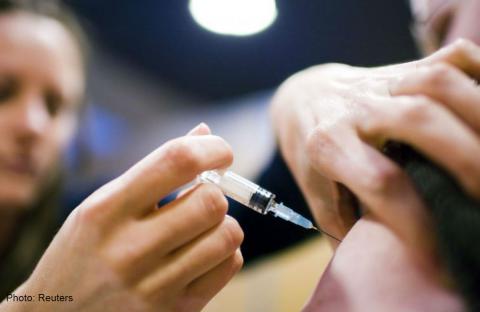Just 14 years after declaring measles had been eliminated from the U.S. through a successful vaccination program, government officials say the confirmed number of cases of the highly contagious and occasionally fatal disease has reached a 20-year high.
“The current increase in measles cases is being driven by unvaccinated people, primarily U.S. residents, who got measles in other countries, brought the virus back to the United States and spread to others in communities where many people are not vaccinated,” said Dr. Anne Schuchat, assistant surgeon general and director of CDC’s National Center for Immunizations and Respiratory Diseases. “Many of the clusters in the U.S. began following travel to the Philippines, where a large outbreak has been occurring since October 2013.”
The release said 280 of the 288 cases (97 percent) were associated with importations from at least 18 countries, and more than14 percent of the cases resulted in a hospitalization. Ninety percent of these 288 measles cases involved people who were not vaccinated or whose vaccination status was not known.
“Many U.S. health care providers have never seen or treated a patient with measles because of the nation’s robust vaccination efforts and our rapid response to outbreaks,” Schuchat noted.
CDC pointed out that timely vaccination is the best way to prevent measles, and that infants and young children are at high risk of getting a serious case of it. CDC recommends two doses of measles, mumps, and rubella (MMR) vaccine for everyone starting at age 12 months. For those traveling internationally, CDC recommends that all U.S. residents older than 6 months receive MMR vaccine, if needed, prior to departure.
Agencies/Canadajournal
 Canada Journal – News of the World Articles and videos to bring you the biggest Canadian news stories from across the country every day
Canada Journal – News of the World Articles and videos to bring you the biggest Canadian news stories from across the country every day



